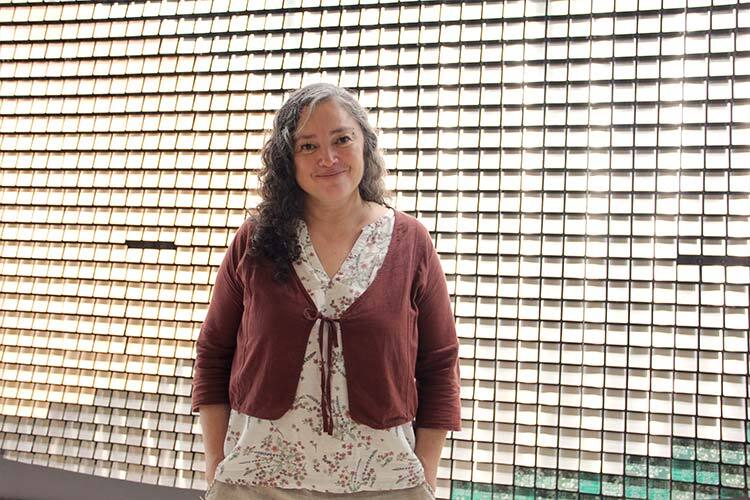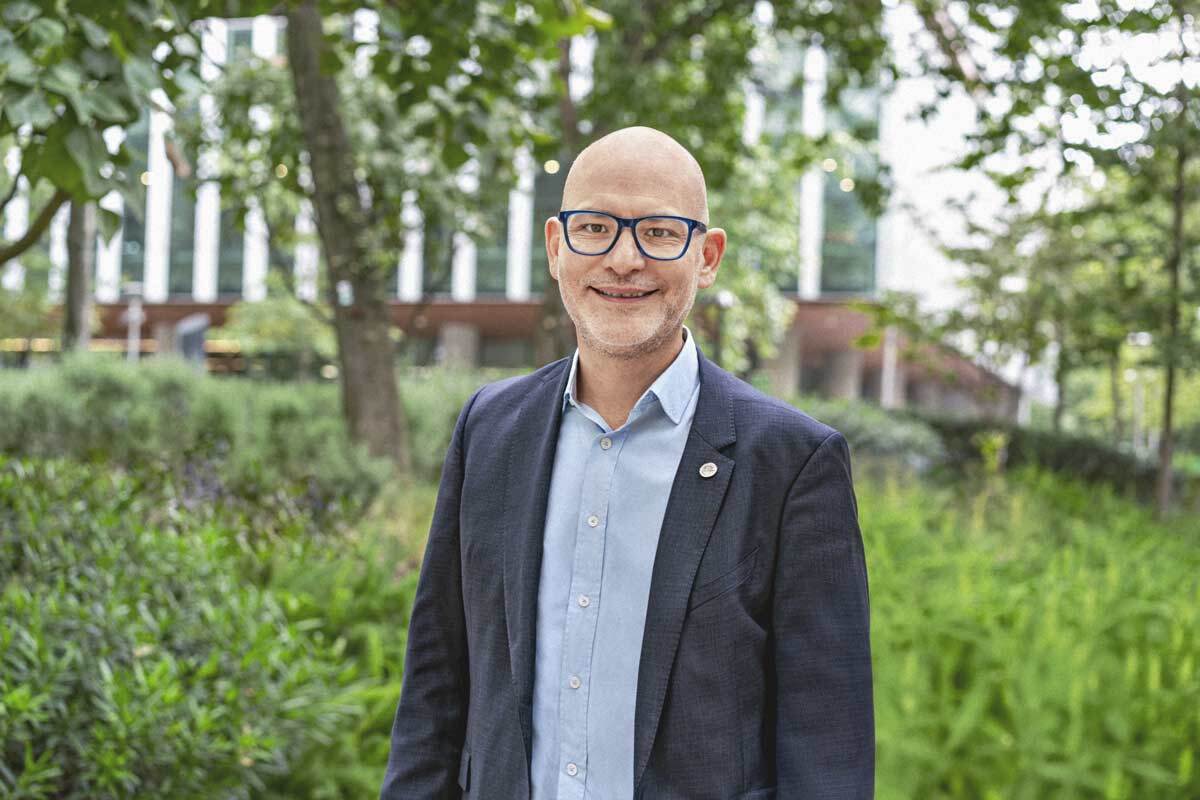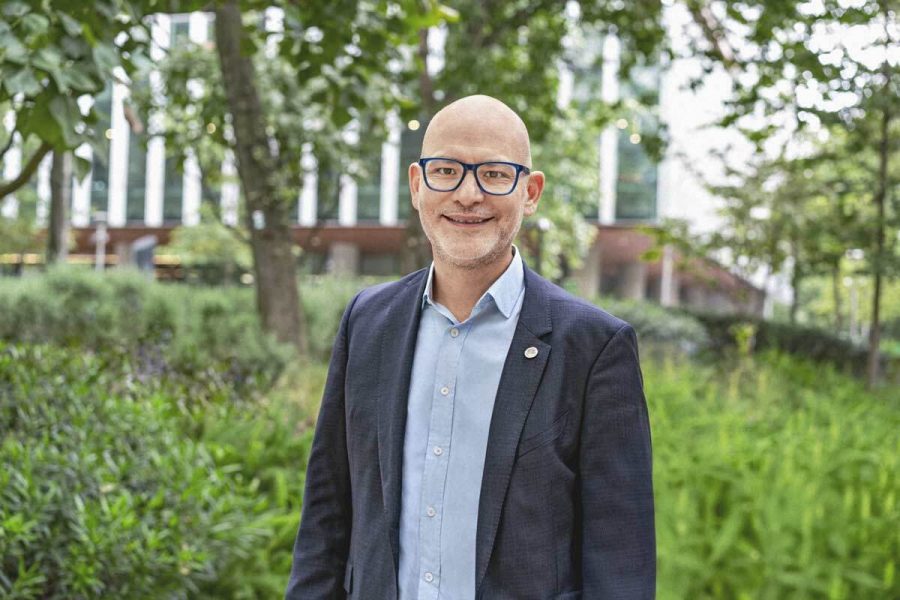Investing in early childhood care —specifically, from two to five years of age— has positive short- and long-term effects on the well-being of children, their caregivers, and society. This is especially important in low- and middle-income countries.
“After my first project with young children in preschools, something switched for me,” says Catherine Draper, associate professor at the University of the Witwatersrand, South Africa.

Draper and a multidisciplinary, multi-institutional, and multicultural group of researchers have highlighted the importance of ensuring this period is lived healthily, safely, and entirely through a series of articles recently published in The Lancet.
From birth to two years of age, children spend the majority of their time with their parents or primary caregivers and healthcare workers, as this is when they receive vaccinations and medical checkups.
This changes starting at age two, and children begin to spend most of their time with their caregivers and early childhood care staff—if they have the resources to go to preschool—before entering school at age five.
This window of time represents a challenge, as many children do not receive adequate stimulation for optimal development. However, it is also a valuable opportunity to create evidence-based interventions to boost well-being during these years.
“We call this stage the next thousand days,” says Draper. “Our work builds on previous series in The Lancet that generated strong momentum in the first thousand days,” says Milagros Nores, co-director of the National Institute for Early Education Research (NIEER) and one of the authors of the new series.
Early Childhood Development: The Importance of the Next 1000 Days
Over the next thousand days, changes occur in children’s bodies and behaviors. Their diet shifts from being predominantly based on breast milk or formula to one based on fruits, vegetables, and proteins.
This is also when children begin to talk, walk, and play more, wanting to explore their surroundings with great interest.
Thus, preschools or daycare centers need to be based on this stage’s specifics, including storytelling, teaching kids basic concepts of geometry, space, and time, helping them develop motor, emotional, and social skills, and promoting healthy nutrition.
These programs can be delivered in various settings, depending on the country and location. “It might be a playgroup, a kindergarten, a preschool, a day care center, a nursery, or home visits,” says Draper.
In these programs, children don’t need to sit in chairs in front of a blackboard; instead, early childhood education providers can use different games or activities that stimulate various aspects of their development to help them grow safely, healthily, and happily.
To achieve this, working with non-governmental organizations or civil society organizations that fully understand what is needed is essential.
It is also essential that programs are based on evidence that serves as a guide to know which interventions work best, what children should know how to do at these ages, and how many children a single person can care for.
“Research has the effect of measuring in the short, medium, and long term whether we are achieving what we want,” says Nores. “Good programs also inspire us to do that work and do it well.”
These interventions not only improve children’s cognitive and emotional development but also help them identify whether they have suffered any damage or were missing something in previous years, serving as an opportunity to repair it.
The High Cost of Not Investing
In low- and middle-income countries, including Mexico, approximately 182 million three- and four-year-old children do not receive adequate care, jeopardizing their healthy development.
Therefore, promoting sufficient investment in intervention programs for the next thousand days is important. According to the series, the categories where interventions have been shown to be most effective during this time are: early childhood care and education—such as daycare and preschool—interventions for parents, and cash transfers to families.
Implementing a basic early childhood care and education program for one year would cost less than 0.15% of a country’s Gross Domestic Product (GDP), while not investing in it would result in a lost benefit of 8 to 19 times this cost.
“From the engagements we’ve had with international organizations and people in government, I think the economic angle resonates,” says Draper.
The consequences of not investing in these programs are even more serious in rural and poor settings, as they are at a greater risk of not receiving adequate cognitive and emotional stimulation, have higher rates of malnutrition and poor health, and lack support for parents and caregivers. Furthermore, the distribution of these programs tends to favor middle—to high-income urban areas.
Countries in Latin America vary in their coverage of these programs. However, across the region, investment is needed not only to expand them but also to ensure they are monitored and of quality.
“It is important to achieve multisectoral governance financial commitments, from the national to the local level, that truly focus on inclusion, equity, and quality,” says Nores.
Caring for Early Childhood as a Global Priority
In the future, the series proposes adapting intervention programs to different contexts across countries, including urban, peri-urban, and rural areas, ensuring that quality is a priority.
They also urge governments to prioritize the next thousand days, ensuring that public policies are focused on them and that sustained funding is available for groups and projects aimed at them.
Furthermore, it is essential to integrate health, nutrition, social protection, and education services into care points that are accessible to all sectors of the population.
This is in line with the idea that we must find mechanisms to protect the mental health of caregivers, as well as those workers involved in childcare, preschools, education, and health systems.
“For caregivers who are really struggling to feed their families or meet their basic needs, it can feel overwhelming to say they need to put in extra work,” says Draper.
Beyond that, it is essential to promote nurturing care for children, eliminate violence and physical punishment, and ensure loving, understanding, and safe care. The series found that only one in four children aged three to four receives this type of care in low—and middle-income countries.

“This data is not intended to blame caregivers for not providing nurturing care,” says Draper. “But it is critical that we understand the structural barriers and the multiple factors that influence their ability to provide children with the care they need to thrive.”
Ensuring that the next thousand days are lived safely, healthily, and fully will require a society-wide understanding of the importance of protecting children.
“A clear commitment is critical to making progress in early childhood,” says Nores. “It is important to use research information to track progress and inequalities.”
Were you interested in this story? Would you like to publish it? Contact our content editor to learn more: marianaleonm@tec.mx
















